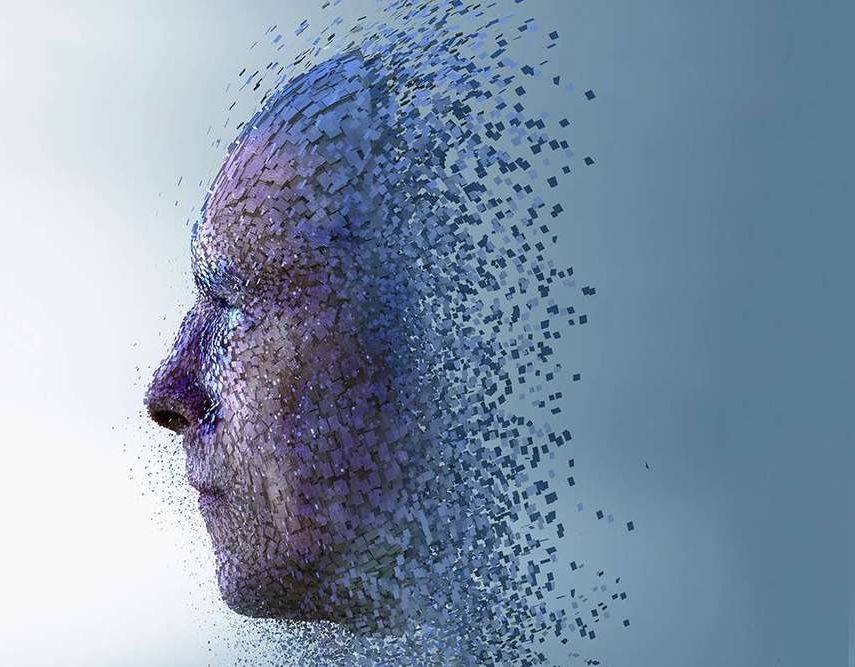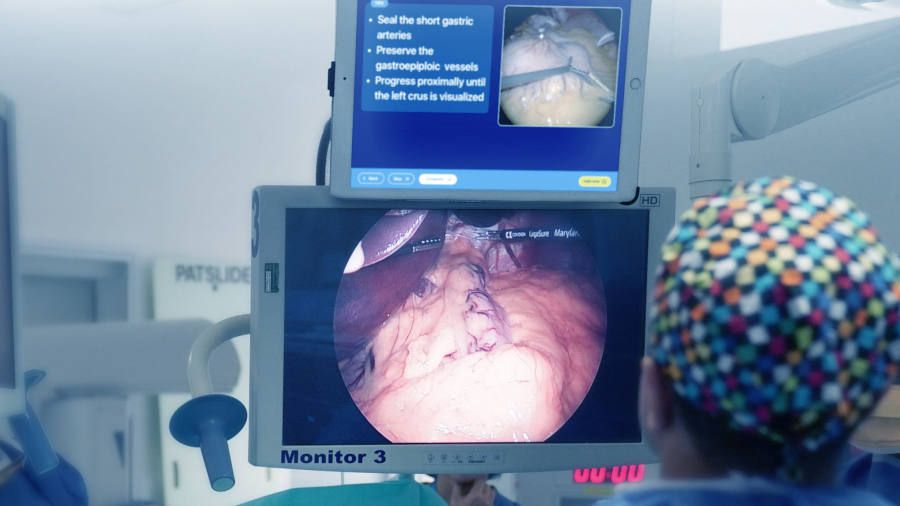Jan 27, 2019
‘Build the wall’ with fiber optics
Posted by James Christian Smith in categories: materials, transportation
A concrete or steel wall along the southern border of the U.S. is not impenetrable; daily news programs show how concrete walls are burrowed under or driven over with car carriers and hydraulic ramps, while steel walls are breached with grappling hooks and inexpensive metal saws. And while a fiber-optic fence is also vulnerable to a physical cut, it can be discretely buried or placed along existing infrastructure, and (unlike concrete or steel) can fundamentally detect the location of a cut with high accuracy so that border patrol agents can be dispatched to understand the breach and apprehend the humans (easily distinguished from animals) crossing over the fence.
Let’s put our money and photonics technology to more effective use.

















